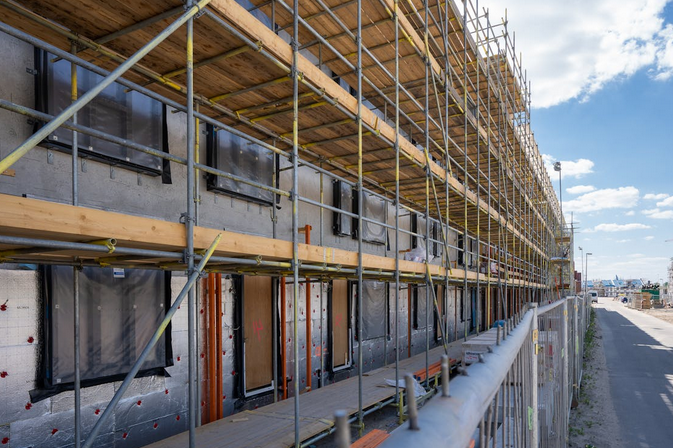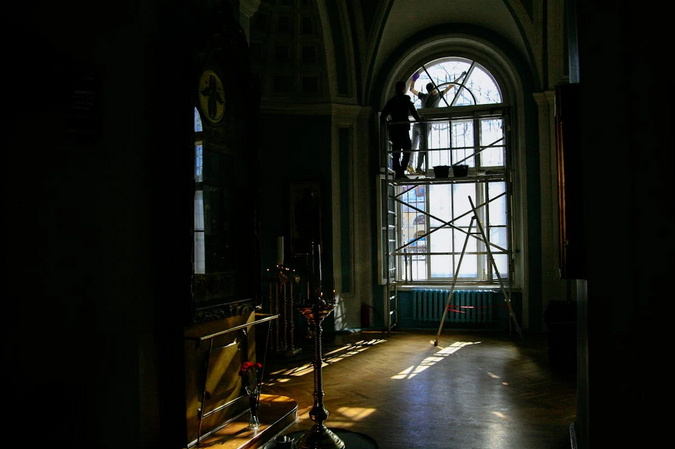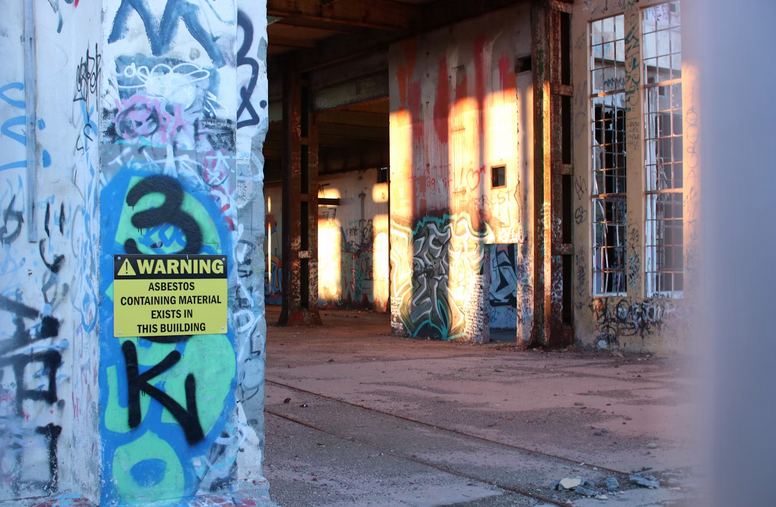
Common Challenges in Renovating Older Buildings and How to Overcome Them
Renovating older buildings can be a rewarding endeavor, allowing you to breathe new life into historic structures and preserve their architectural charm. However, it also comes with its fair share of challenges. From outdated systems to structural issues, navigating the renovation process requires careful planning and problem-solving skills. Additionally, professional asbestos removal is often necessary due to the prevalence of this hazardous material in older buildings. Asbestos, once commonly used in construction for its fire-resistant properties, poses serious health risks if disturbed during renovation. In this article, we’ll explore some of the most common challenges in renovating older buildings and share practical tips on how to overcome them in a friendly and informative tone.
Structural Integrity

One of the most significant challenges in renovating older buildings is assessing and addressing structural issues. Over time, older buildings may develop cracks, sagging floors, or foundation problems, which can compromise their integrity. Start by hiring a structural engineer to conduct a thorough assessment of the building’s structural condition. They can identify any issues and recommend appropriate solutions, such as reinforcing foundations, repairing cracks, or adding support beams. Work closely with a qualified contractor to implement these recommendations safely and effectively.
Outdated Systems
Older buildings often have outdated electrical, plumbing, and HVAC systems that may not meet modern safety and efficiency standards. Upgrading these systems can be complex and costly. Begin by hiring licensed professionals to inspect the existing systems and identify areas that need upgrading or replacement. Consider investing in energy-efficient upgrades, such as installing LED lighting, high-efficiency HVAC systems, and low-flow plumbing fixtures. Work with experienced contractors who specialize in historic renovations to ensure that upgrades are installed properly while preserving the building’s character.
Historical Preservation Requirements
Renovating older buildings often involves navigating strict historical preservation requirements and regulations. These regulations aim to protect the building’s architectural integrity and historical significance, but they can also limit design options and increase project costs. Familiarize yourself with local historic preservation guidelines and regulations before starting the renovation process. Work with preservation experts, architects, and local authorities to develop a renovation plan that complies with these requirements while meeting your project goals. Consider incorporating historically accurate materials and design elements to maintain the building’s authenticity.
Hazardous Materials

Many older buildings contain hazardous materials such as lead-based paint, asbestos, or mold, which can pose health risks if disturbed during renovation. Before starting any renovation work, conduct a thorough inspection to identify and address hazardous materials. Hire licensed professionals to safely remove or encapsulate these materials according to local regulations and industry best practices. Implement proper safety measures, including wearing personal protective equipment and sealing off work areas, to minimize exposure to hazardous materials.
Budget Constraints
Renovating older buildings can be more expensive than new construction due to the need for specialized materials, labor, and unforeseen repairs. Start by developing a realistic budget that accounts for all renovation expenses, including materials, labor, permits, and contingency funds for unexpected costs. Prioritize renovations that address critical safety and structural issues first, then allocate remaining funds for cosmetic upgrades and finishes. Consider exploring financing options such as renovation loans or historic tax credits to help offset costs.
Timelines and Delays
Renovation projects in older buildings often face delays due to unforeseen challenges, permit requirements, or weather conditions. Set realistic timelines for your renovation project, taking into account potential delays and setbacks. Work closely with your contractor and project team to develop a detailed schedule and contingency plans for handling unexpected issues. Communicate regularly with stakeholders and keep them informed of any changes or delays to manage expectations effectively.
Renovating older buildings can be a complex and challenging process, but with careful planning, expertise, and perseverance, you can overcome common obstacles and breathe new life into these historic structures. By addressing structural issues, upgrading outdated systems, navigating preservation requirements, managing hazardous materials, staying within budget constraints, and managing timelines effectively, you can successfully transform older buildings into modern, functional spaces while preserving their unique character and charm. With the right approach and mindset, every challenge presents an opportunity for innovation and creativity in the renovation process.
